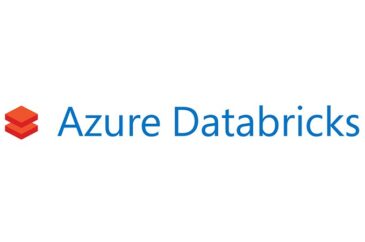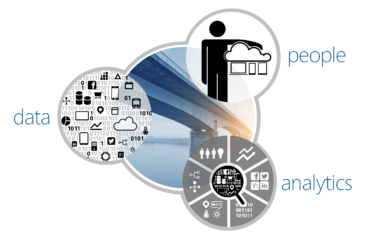
Azure Databricks Series - Part 1
Intro to Azure Databricks
Many companies today have aging data architectures. As you look to modernize your traditional ETL pipeline, there is a tool you should keep in mind: Azure Databricks. During your move into Azure, there will probably be a place for Azure Databricks. In the past, general DTS/SSIS pipelines and SQL Server engines were sufficient but with…










